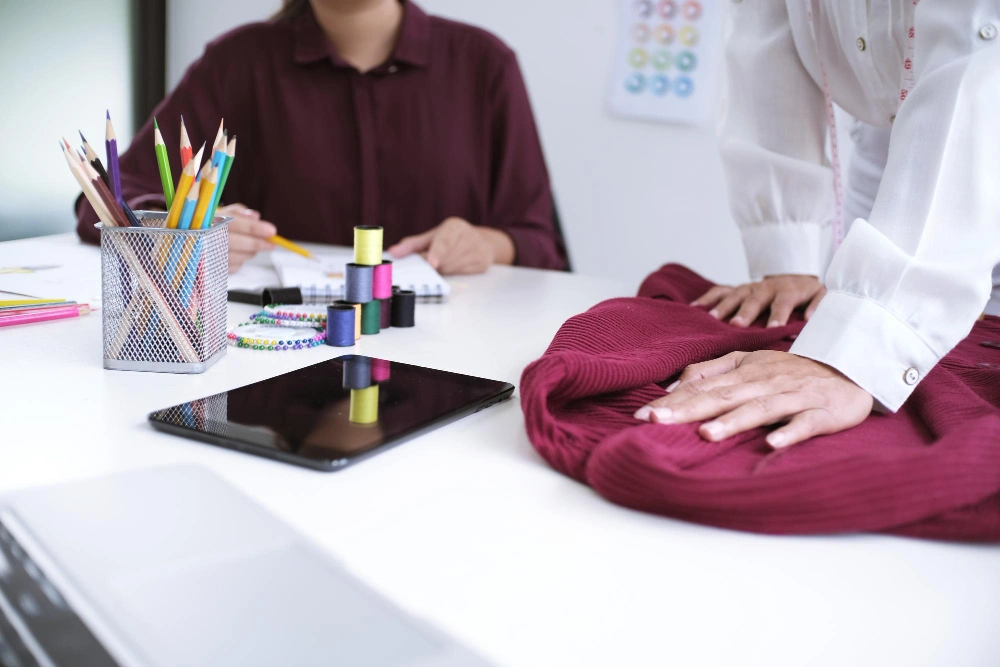
Alcohol addiction recovery is a multifaceted journey that requires a combination of medical, psychological, and social interventions. One increasingly recognized approach is the use of art and creative therapies. These therapies provide a non-verbal outlet for expression and healing, offering unique benefits for individuals recovering from alcohol addiction. This article explores the role of art and creative therapies in alcohol addiction recovery, highlighting their benefits, types, and the evidence supporting their effectiveness.
Art and creative therapies encompass a range of therapeutic practices that use creative processes to help individuals express and process their emotions. These therapies can include visual arts, music, dance, drama, and writing.
- Art Therapy: Uses visual arts like drawing, painting, and sculpting to help individuals explore their feelings and thoughts.
- Music Therapy: Involves listening to, creating, or performing music to enhance emotional and psychological well-being.
- Dance/Movement Therapy: Uses movement and dance to promote physical and emotional integration.
- Drama Therapy: Incorporates role-playing and storytelling to explore and address personal issues.
- Writing Therapy: Encourages writing as a means of self-exploration and expression.
One of the primary benefits of art and creative therapies is their ability to facilitate emotional expression. For many individuals, verbalizing feelings can be challenging, especially when dealing with complex emotions related to addiction.
- Non-Verbal Expression: Art and creative activities provide an alternative means of expressing feelings that might be difficult to articulate verbally.
- Emotional Release: Engaging in creative processes can lead to the release of suppressed emotions, aiding in emotional healing and stress reduction.
Art and creative therapies can boost self-esteem and confidence, which are often diminished in individuals struggling with alcohol addiction.
- Sense of Accomplishment: Completing a creative project can give individuals a sense of achievement and pride.
- Positive Identity: Engaging in creative activities helps individuals see themselves as capable and talented, which can enhance their self-worth.
Creative therapies teach valuable coping skills that can help individuals manage stress and cravings in healthy ways.
- Mindfulness and Relaxation: Activities like drawing, playing music, or dancing can be meditative and relaxing, reducing stress and anxiety.
- Distraction and Engagement: Creative activities can serve as a healthy distraction from cravings and negative thoughts, keeping individuals engaged in positive behaviors.
Participating in group art or creative therapy sessions can foster a sense of community and support.
- Shared Experiences: Group activities allow individuals to share their creative processes and experiences, creating a sense of connection and understanding.
- Supportive Environment: Group settings provide a supportive and non-judgmental space where individuals can feel safe to express themselves.
Visual art therapy uses mediums like painting, drawing, and sculpture to help individuals explore their inner experiences.
- Self-Exploration: Art therapy can reveal hidden emotions and thoughts, providing insights into personal issues related to addiction.
- Symbolic Expression: Art can serve as a symbolic representation of feelings, making it easier to process and understand complex emotions.
Music therapy involves using music to address emotional and psychological needs.
- Listening and Creating Music: Activities can include listening to calming music, composing songs, or playing instruments, which can all aid in emotional regulation.
- Expression through Lyrics: Writing lyrics or songs can help individuals articulate their struggles and triumphs in recovery.
Dance/movement therapy uses body movement to improve emotional, cognitive, and physical well-being.
- Body Awareness: Movement helps individuals become more aware of their bodies, which can be particularly beneficial in recovery from addiction, where disconnection from the body is common.
- Emotional Release: Dance can facilitate the release of pent-up emotions and enhance mood.
Drama therapy uses theatrical techniques to explore and resolve personal issues.
- Role-Playing: Individuals can act out scenarios related to their addiction and recovery, gaining new perspectives and understanding.
- Storytelling: Sharing personal stories through drama can help individuals process their experiences and find meaning in their recovery journey.
Writing therapy encourages individuals to express themselves through writing.
- Journaling: Regular journaling can help individuals track their progress, reflect on their experiences, and set goals.
- Creative Writing: Writing poems, stories, or essays can be a therapeutic outlet for expressing emotions and thoughts.
Numerous studies have highlighted the effectiveness of art and creative therapies in supporting addiction recovery.
- Art Therapy: A study published in the *Journal of Addiction Nursing* found that art therapy significantly reduced anxiety and depression in individuals undergoing addiction treatment.
- Music Therapy: Research in the *Journal of Substance Abuse Treatment* showed that music therapy reduced cravings and improved emotional regulation in individuals with substance use disorders.
- Dance/Movement Therapy: A study in *The Arts in Psychotherapy* journal reported that dance/movement therapy improved mood and decreased stress in participants recovering from addiction.
Many rehabilitation centers and therapy programs incorporate art and creative therapies as part of their comprehensive treatment plans.
- Holistic Approach: These therapies are often used alongside traditional treatments like counseling and medication, providing a holistic approach to recovery.
- Personalized Treatment: Creative therapies can be tailored to individual preferences and needs, enhancing their effectiveness.
Art and creative therapies play a valuable role in alcohol addiction recovery by providing unique avenues for emotional expression, enhancing self-esteem, teaching coping skills, and fostering social connection. The evidence supporting their effectiveness is compelling, making them a crucial component of a comprehensive treatment approach. By incorporating art and creative therapies into recovery programs, individuals can find new ways to heal, grow, and maintain sobriety.
- National Institute on Drug Abuse (NIDA). (2020). Principles of Drug Addiction Treatment: A Research-Based Guide (Third Edition). Retrieved from [NIDA](https://www.drugabuse.gov/publications/principles-drug-addiction-treatment-research-based-guide-third-edition)
- Journal of Addiction Nursing. (2018). Art Therapy as an Adjunctive Treatment for Substance Use Disorders. Retrieved from [Wolters Kluwer](https://journals.lww.com/jan/Abstract/2018/12000/Art_Therapy_as_an_Adjunctive_Treatment_for.2.aspx)
- Journal of Substance Abuse Treatment. (2017). Music Therapy for Substance Use Disorders: A Review and Meta-Analysis. Retrieved from [ScienceDirect](https://www.sciencedirect.com/science/article/abs/pii/S0740547216304698)
- The Arts in Psychotherapy. (2019). The Effectiveness of Dance/Movement Therapy in the Treatment of Substance Use Disorders. Retrieved from [ScienceDirect](https://www.sciencedirect.com/journal/the-arts-in-psychotherapy)